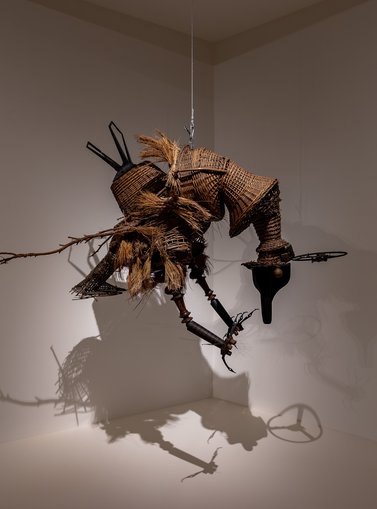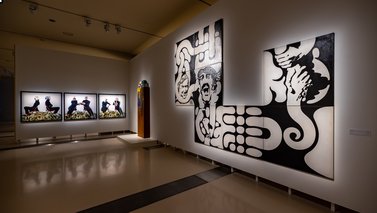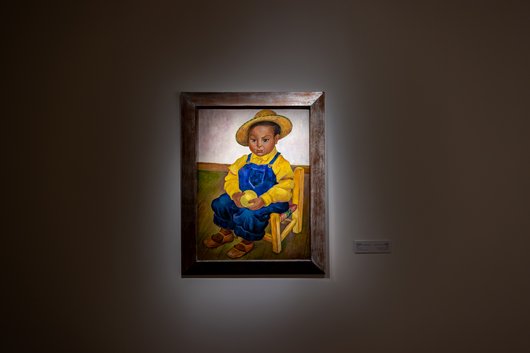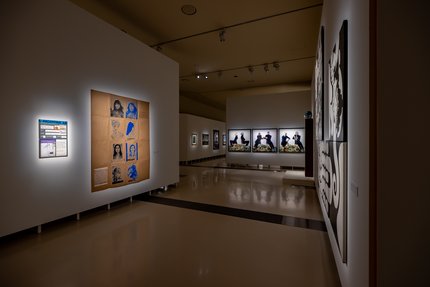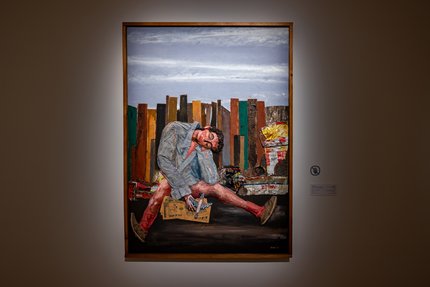Q: What inspired you to curate an exhibition focused on Latin American art, and how did the idea for LATINOAMERICANO take shape?
Issa Al Shirawi: The story of how the exhibition came about is actually quite interesting but really is connected to the International Committee for Museums and Collections of Modern Art (CIMAM), a subcommittee of the International Council of Museums (ICOM). In 2024, CIMAM held its annual meeting in Buenos Aires, Argentina. While I didn’t attend personally, other members of the Qatar Museums team were there. As part of the programme, they visited MALBA—the Museo de Arte Latinoamericano de Buenos Aires.
Since the 'Years of Culture' initiative is planned well in advance, we already knew that Argentina and Chile would be upcoming partners. What we were still trying to determine was the right institutional partner. During that CIMAM visit, the team was able to identify MALBA as a private institution that can partner with us.
Beyond the logistics, there’s a deeper reason we chose to focus on Latin American art. There are many meaningful connections between Latin America and the Middle East. Qatar and Argentina, for instance, have celebrated 50 years of diplomatic relations. And going back to the 1920s, we’ve seen waves of Arab migration to Latin America from countries like Palestine, Lebanon and Syria. These links go far beyond diplomacy; they are rooted in shared stories, migration and cultural exchange.
This exhibition is an attempt to build a cultural bridge between two regions that, while geographically distant, share many unexpected connections. Reaching Latin America from Qatar isn’t simple—it often requires a 15-hour flight to Brazil, a layover, and then another few hours to Buenos Aires. It’s a long journey, and one that reflects the level of commitment behind this collaboration.
